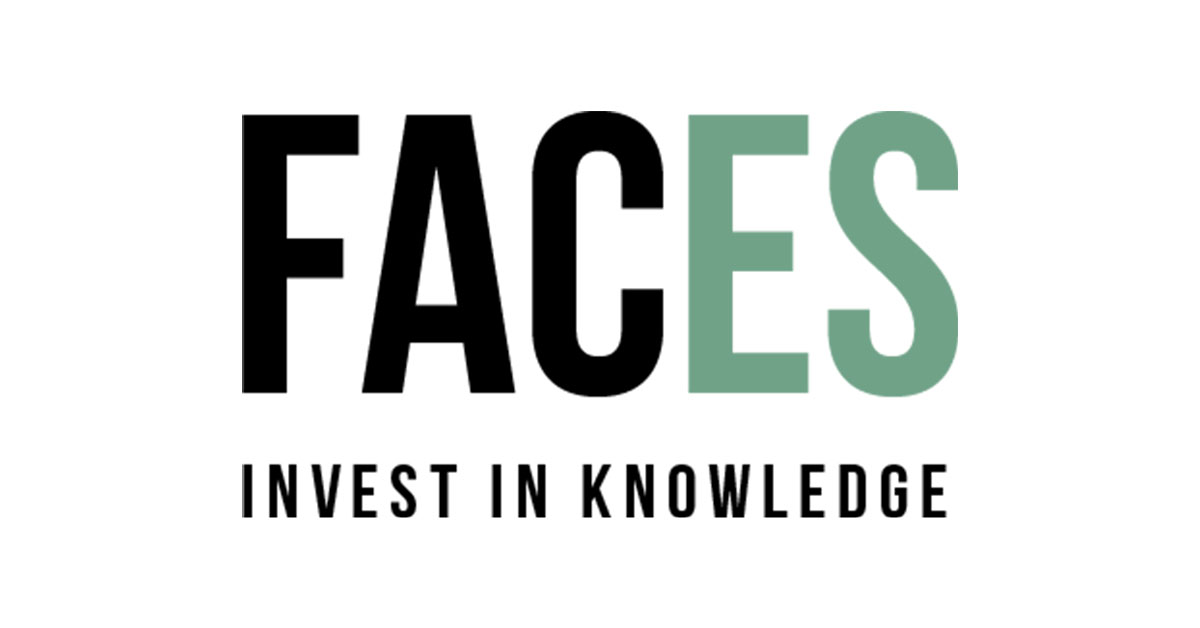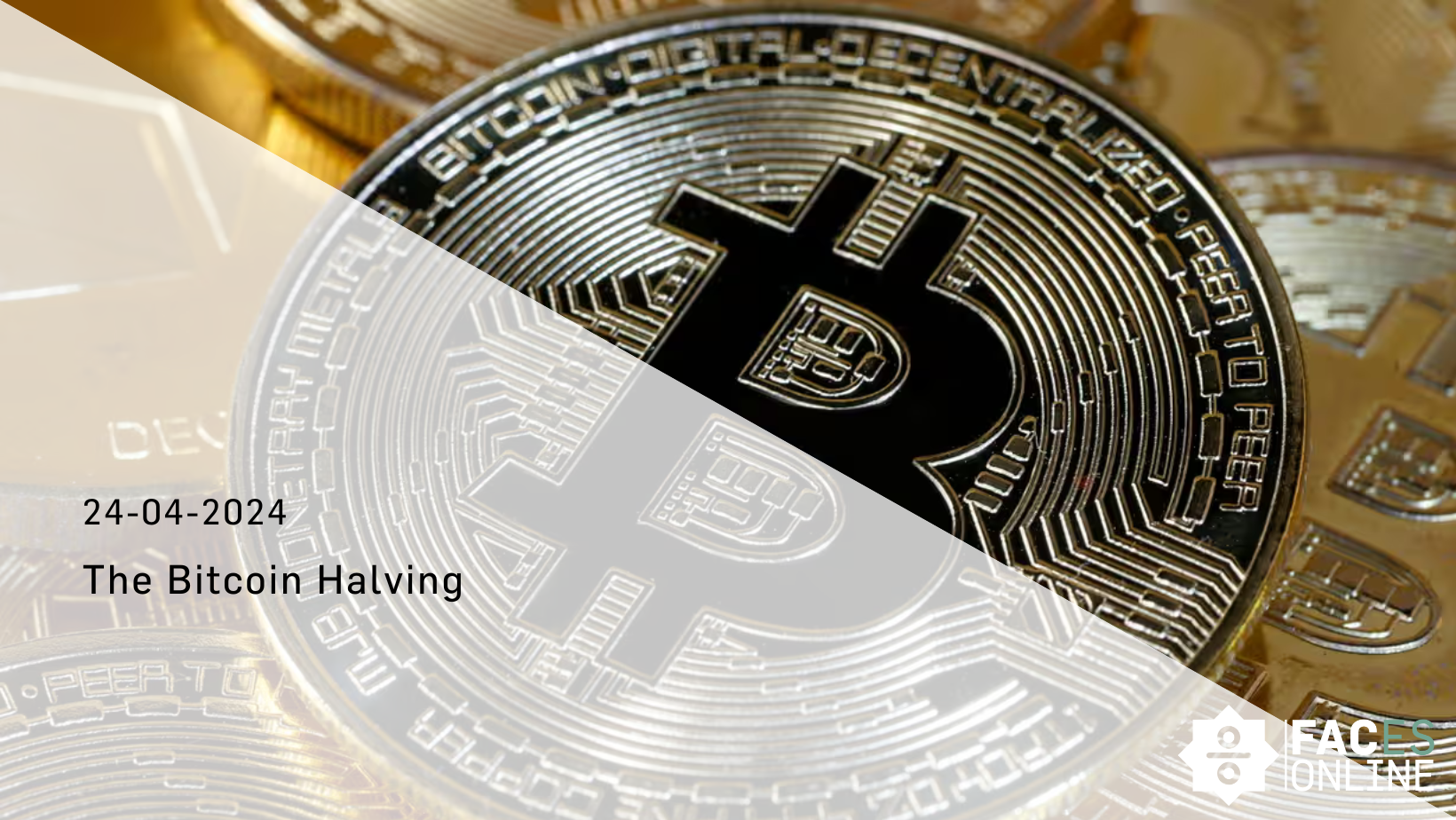Disclaimer: This article is for entertainment purposes only and cannot be used for financial advice. Since its inception, Bitcoin has caught the


The equity of large banks equals around 4%. That is lower than the equity prevalent in other sectors. It is also lower than the equity of banks themselves throughout the 20th century, and it is indeed way lower than what banks would consider appropriate for their own borrowers. The 4% equity implies that a decrease in a bank’s assets of, well, 4% suffices to bankrupt the bank. This is the reason that virtually every economist favours an increase of bank equity. In the Netherlands the Sustainable Finance Lab (a group consisting of mainly academic economists) proposes an increase to 10%. However banks are fighting every increase in equity, trying to postpone, water down and ultimately eliminate any regularly requirement to increase equity. Banks have been quite successful thus far.
This conflict might be puzzling for anyone who knows –and takes seriously- the main proposition of Modigliani and Miller. They proposed that under certain conditions “the market value of any firm is independent of its capital structure”. But if capital structure (the relative weight of debt, equity and hybrid products) does not affect the value of the firm, why is there such a fierce conflict over banks’ equity?
Well, the MM-theorem holds under certain conditions. These conditions are never fully met and occasionally flagrantly violated. The banking sector falls in the second category. The difference between a large bank and any other company is that a bankrupted bank will always be supported by the state. In the Netherlands the state financially supported ING and ABN AMRO in 2008 and SNS Reaal in 2013. Bondholders of banks thus effectively own a put option on the banks’ assets, which they can sell to the state in case the assets lose value. The state has effectively issued such a put option without however charging anything to bondholders or to the bank. Options gain value if the strike price is close to the market price of the underlying assets. If states make bondholders whole, then the implicit strike price of the assets equals the nominal value of the claim of debtors. The difference between the market price of a bank’s assets and this implicit strike price is equal to the equity of the bank. So when equity decreases, the value of the implicit put option increases. This is a windfall gain for the bank that can be divided between bondholders, shareholders and bankers.
The put option that the state hands over to banks, free of charge, explains why banks fight every regulation that increases equity. Of course there are other reasons why debt is attractive for banks (interest payments are tax-deductible) but these apply to other sectors as well. The unique characteristic of the banking sectors is the state guarantee of its assets. There might be good reasons to provide the guarantee, but the guarantee should not be given freely. At the very least the state should –and could- only assist banks with the minimum equity (30%) that is appropriate in in other sectors.





















